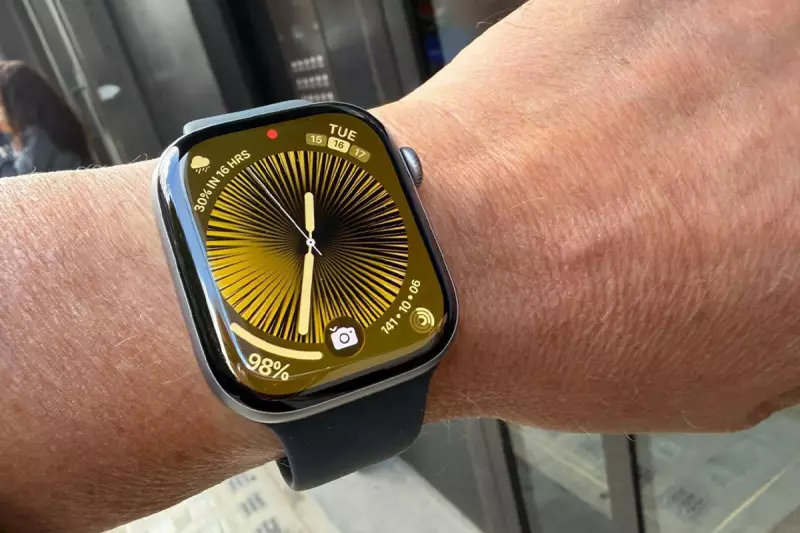
In what could represent a seismic shift in preventative healthcare, new research indicates that the ubiquitous Apple Watch may soon be capable of detecting hypertension with surprising accuracy. The findings suggest that millions of users could soon have access to continuous blood pressure monitoring directly from their wrists.
The Research Breakthrough
A comprehensive study conducted by medical researchers has demonstrated that the advanced sensors embedded in Apple Watches can identify potential hypertension cases with approximately 82% accuracy. This development could transform how we approach cardiovascular health monitoring, moving from occasional clinic visits to continuous, real-time assessment.
How the Technology Works
The system utilises photoplethysmography (PPG) sensors, which are already present in Apple Watches for heart rate monitoring. These sensors measure blood flow changes through light-based technology, creating detailed patterns that researchers have now linked to blood pressure variations.
Key Advantages of Wearable Monitoring
- Continuous tracking: Unlike traditional methods that provide single-point measurements
- Early detection: Potential to identify hypertension before symptoms appear
- Convenience: Monitoring occurs during normal daily activities
- Data richness: Creates comprehensive health patterns over time
Medical Community Response
Cardiologists and healthcare professionals are cautiously optimistic about these developments. While emphasising that wearable technology should complement rather than replace traditional medical equipment, many recognise the enormous potential for early intervention and improved patient outcomes.
The Road Ahead
Before this technology becomes standard medical practice, several important steps remain. Regulatory approval from bodies like the MHRA (Medicines and Healthcare products Regulatory Agency) will be crucial, along with further validation studies and integration with healthcare systems.
This innovation represents another step in Apple's growing presence in the healthcare sector, building upon existing features like ECG monitoring and fall detection that have already demonstrated life-saving potential.





